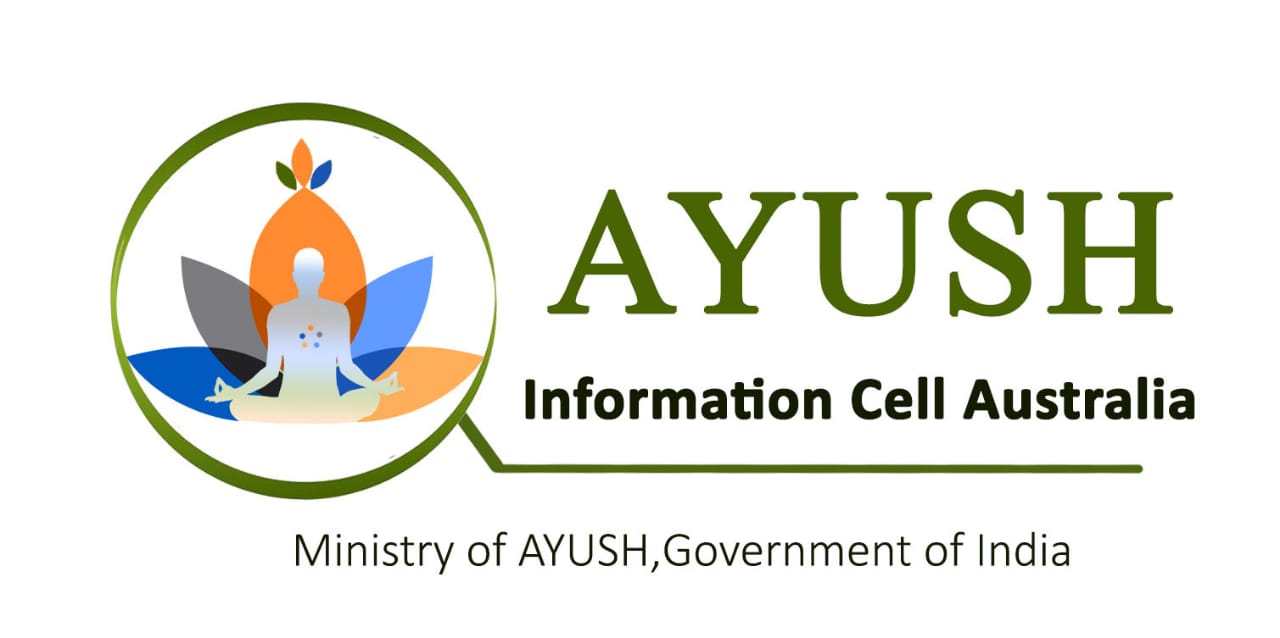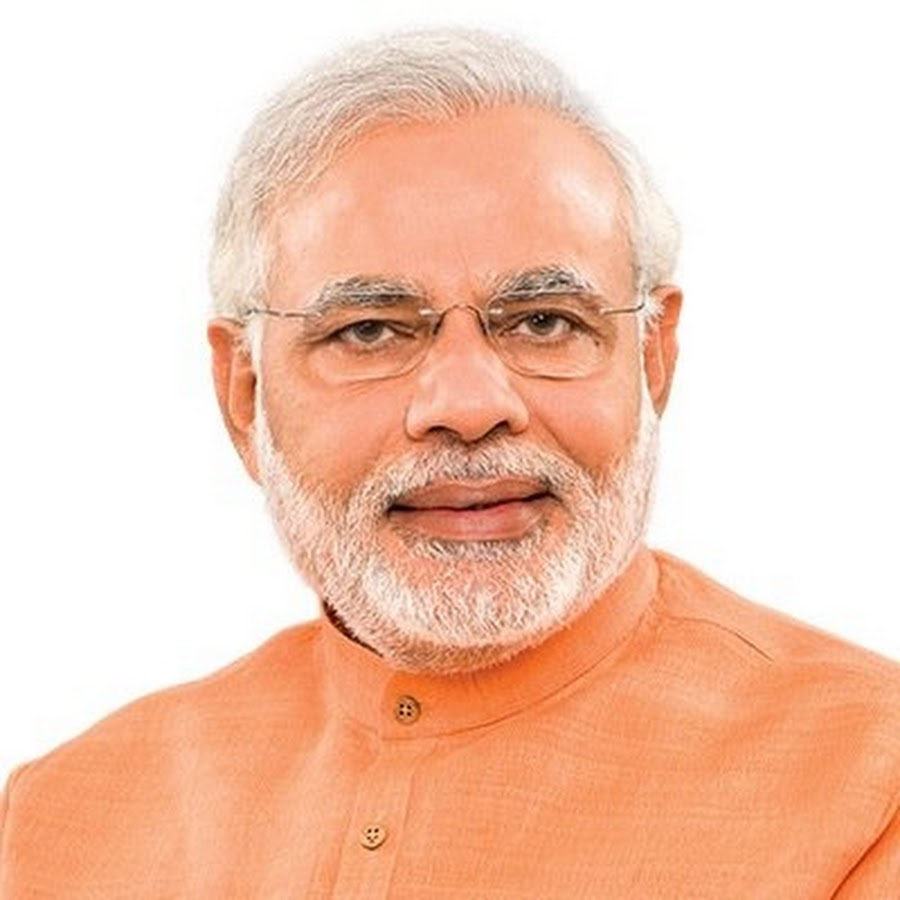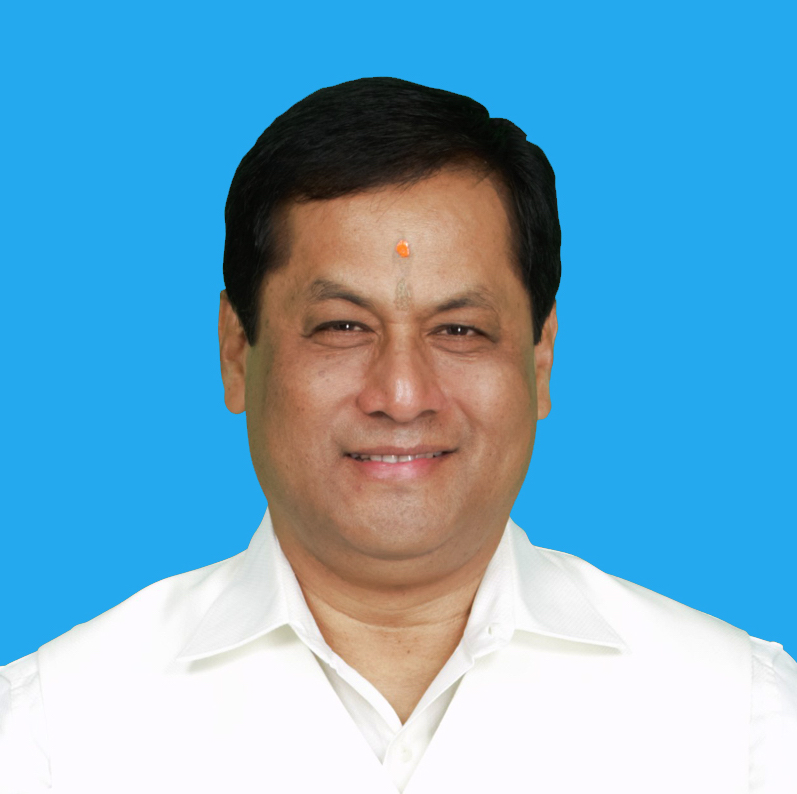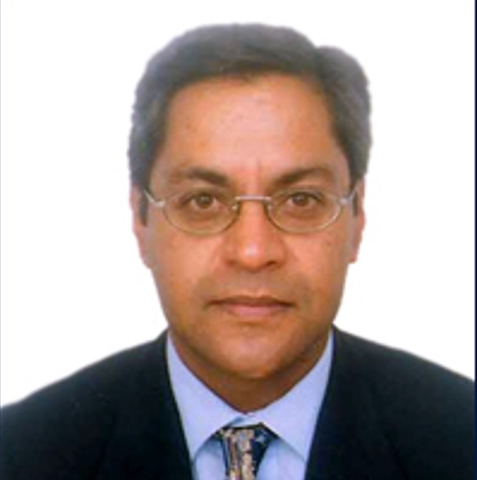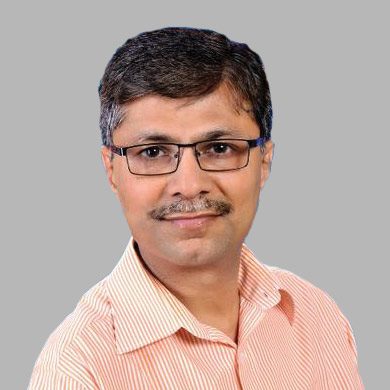YOGA
Yoga is derived from the root word Yuj meaning Union or yoke. “Yujyate anena iti Yogah” The one which unites lower self to higher Self. Yoga is the system of knowledge which helps in personality development and gradual progression of a being from a lower self to higher Self. “ Yogah karmasu kaushalam” it is skillful action. This ancient proven science believes in uniting the individual limited self with the unlimited higher self through simpler processes of purifying the body, calming and stillness of mind and knowing the Self. It simply is the union of mind, body and spirit. Alike Ayurveda, Naturopathy and other Sankhya based philosophies Yoga is also modality in attaining the four Aeshanas (goals/aspirations) of life namely Dharma, Artha, Kama and Moksha. Patanjali is traditionally considered as forefather of Yoga and the author of famous Yoga sutras, the aphorisms of this portray systematic practices to be observed for attaining good health and thus the four aeshanas or goals of life. Ashtanga Yoga paddati has eight facets, which form the gradual and comprehensive path of self-development.
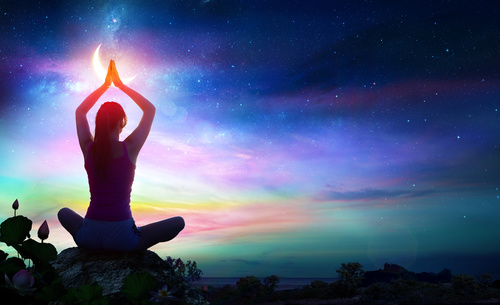
These eight facets are Yama(abstinences), Niyama(observances), Asana(body postures), pranayama(breath control), Pratyahara(withdrawal of senses), dharana(concentration), dhyana(meditation) and Samadhi(spiritual union).
The five elements govern the physical structure of the human body, the three doshas influence its function. Each of the three doshas is derived from a specific mix of five elements. All the elements are present in each dosha but the predominance of space and air creates vata, the principle of movement. Likewise, the predominance of fire and water constitute pitta, the principle of transformation; predominance of water and earth exhibits as Kapha, the principle of substance. The tridoshas are an elegant description of biological, physiological and psychological organisation. When this organisation is disturbed at any level of cell, tissue, organ system and organism, disease ensues.
Ancient Yogic texts describe Shiva as the Adi yogi who could perform all the asanas (typically 8,40,000) and the Master Guru of all yogis. Yoga is more than just a system of physical exercise and benefits more than toning the muscles, promoting flexibility and cardiovascular fitness. Yoga influences the seven dhatus mainly nerve and connective tissue. More significantly Yoga is beneficial for stilling the mind and every asana facilitates one’s awareness. Asanas, in general, have the names of natural creation, for instance, Vrikshasana, tree pose; bhujangasana, cobra pose; sashankaasana, moon pose and so on. This reflects the close proximity of Yogic science with nature.
Pranayama, the fourth limb of Ashtanga Yoga, is the most powerful tool for mastering breathe which in turn helps to gain mastery over the mind. Of all beings, humans are the only organisms which can breathe consciously. The more consciously we breathe the more conscious living we have. But unfortunately, now we all have accustomed ourselves for unconscious effortless breathing which increases feelings of negativity, stress, anger, jealousy in us. These accumulate over time and deposit in our nadis blocking the flow of vital pranic force.
